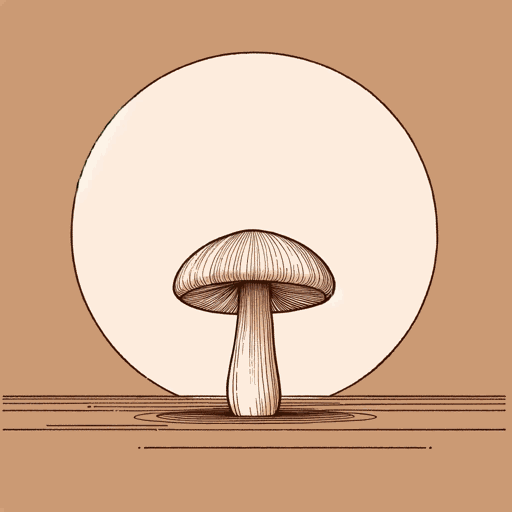75 pages • 2 hours read
Anna Lowenhaupt TsingThe Mushroom at the End of the World
Nonfiction | Book | Adult | Published in 2015A modern alternative to SparkNotes and CliffsNotes, SuperSummary offers high-quality Study Guides with detailed chapter summaries and analysis of major themes, characters, and more.
Before You Read
Summary
Preface
Prologue
Part 1, Introduction
Part 1, Chapters 1-3
Part 1, Interlude 1.1
Part 2, Introduction
Part 2, Chapters 4-7
Part 2, Interlude 2.2
Part 2, Chapters 8-10
Part 2, Interlude 2.3
Part 3, Introduction
Part 3, Chapters 11-13
Part 3, Chapters 14-15
Part 3, Chapters 16-17
Part 3, Interlude 3.3
Part 4, Introduction
Part 4, Chapters 18-19
Part 4, Chapter 20 and Conclusion
Key Figures
Themes
Index of Terms
Important Quotes
Essay Topics
Part 3, Chapters 14-15Chapter Summaries & Analyses
Part 3: “Disturbed Beginnings: Unintentional Design”
Part 3, Chapters 14-15 Summary and Analysis
This section covers Chapters 14-15: “Serendipity” and “Ruin.”
Trips through the forest are full of reminders of a vanished past when the timber companies flourished and offered reliable employment. The disappearance of one way of life does not make the landscape barren, however, as Tsing points out, “Mistakes were made […] but mushrooms popped up” (194).
In Oregon, Forest Service management is often resented as a government intrusion, though most land belongs either to their jurisdiction or that of timber companies. Agency employees stressed that many of their renewal initiatives failed, and that environmentalist goals were hard to reconcile with the continuing pressure to produce timber for a market. In the Cascade region of which Oregon is a part, pine and fir trees thrive because of the aftermath of a volcanic eruption and its impact on soil quality. Though matsutake now grow in partnership with lodgepole pine, this tree is absent from much of the region’s earlier history. Ponderosa pines, much larger, drove much of the early forestry boom, and it turned out that these could not easily be replanted after cutting, as Indigenous forestry practices were missing. Periodic burning of the forest had advantaged ponderosas, but US Forest policy banned such practices, and so ponderosas took hold in their place.

